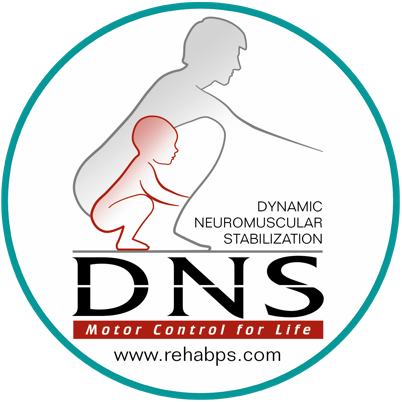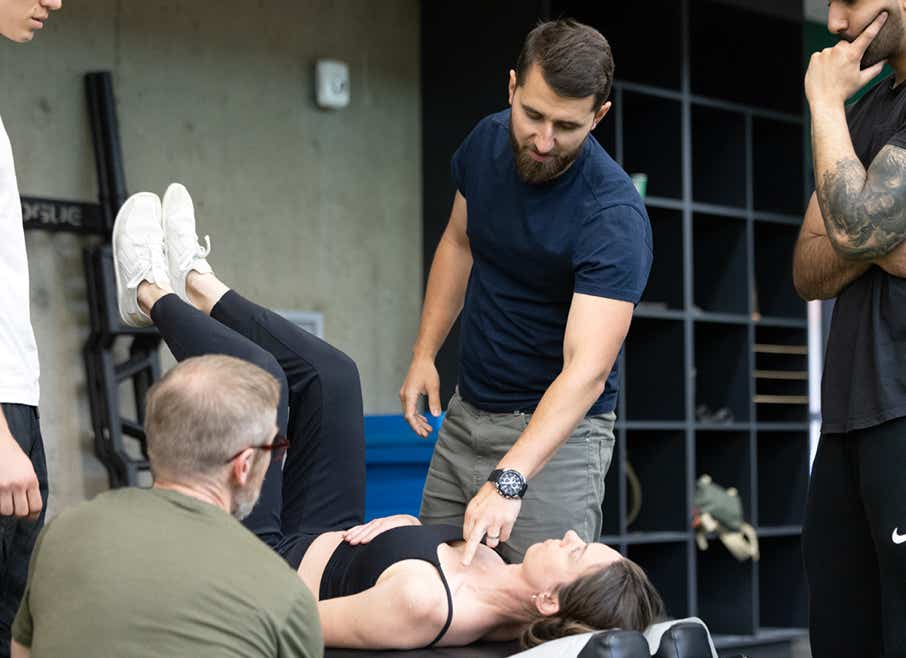Final Practical DNS Examination

The practical exam is held on the final day of the course. Candidates are examined in pairs by a two-member panel of DNS instructors. Each candidate draws two questions: one related to DNS diagnostic tests and one focused on DNS therapy. They must demonstrate and verbally explain their assigned topics using their partner as the model. The examiners may ask additional follow-up questions related to the topic. If the candidate does not pass the exam, they do not receive the DNS Therapist Certificate but may reapply the following year after retaking Course D.

Question List for the Final Practical DNS Examination
DNS Tests
1) Demonstrate the diaphragm test and describe the three components
of the assessment.
Describe what you observe on your model.
How can you integrate this test into your clinical assessment and treatment planning?
2) Demonstrate the intra-abdominal pressure test in sitting.
Describe what you observe on your model.
How can you integrate this test into your clinical assessment and treatment planning?
3) Demonstrate the intra-abdominal pressure test in supine.
Describe what you observe on your model.
How can you integrate this test into your clinical assessment and treatment planning?
4) Demonstrate the extension test and its variations.
Describe what you observe on your model.
How can you integrate this test into your clinical assessment and treatment planning?
5) Demonstrate the head and trunk flexion test.
Describe what you observe on your model.
How can you integrate this test into your clinical assessment and treatment planning?
6) Demonstrate the rocking test in the all-fours position.
Describe what you observe on your model.
How can you integrate this test into your clinical assessment and treatment planning?
7) Demonstrate the bear test.
Describe what you observe on your model.
How can you integrate this test into your clinical assessment and treatment planning?
8) Demonstrate the squat test.
Describe what you observe on your model.
How can you integrate this test into your clinical assessment and treatment planning?
9) Describe the position of low oblique sitting:
- When does it appear in ontogenesis?
- What type of model is it?
- What are the possible transitions?
- Describe what you observe on your model.
10) Describe the position of high oblique sitting:
- When does it appear in ontogenesis?
- What type of model is it?
- What are the possible transitions?
- Describe what you observe on your model.
11) Describe the position of the regular/tall sit:
- When does it appear in ontogenesis?
- What type of model is it?
- What are the possible transitions?
- Describe what you observe on your model.
12) Describe crawling:
- When does it appear in ontogenesis?
- What type of model is it?
- What are the possible transitions?
- Describe what you observe on your model.
13) Describe the tripod position:
- When does it appear in ontogenesis?
- What type of model is it?
- What are the possible transitions?
- Describe what you observe on your model.
14) Describe the position of high kneeling:
- When does it appear in ontogenesis?
- What type of model is it?
- What are the possible transitions?
- Describe what you observe on your model.
15) Describe the position of the hanging stance position:
- When does it appear in ontogenesis?
- What type of model is it?
- What are the possible transitions?
- Describe what you observe on your model.
16) Describe the position of the differentiated squat:
- When does it appear in ontogenesis?
- What type of model is it?
- What are the possible transitions?
- Describe what you observe on your model.





